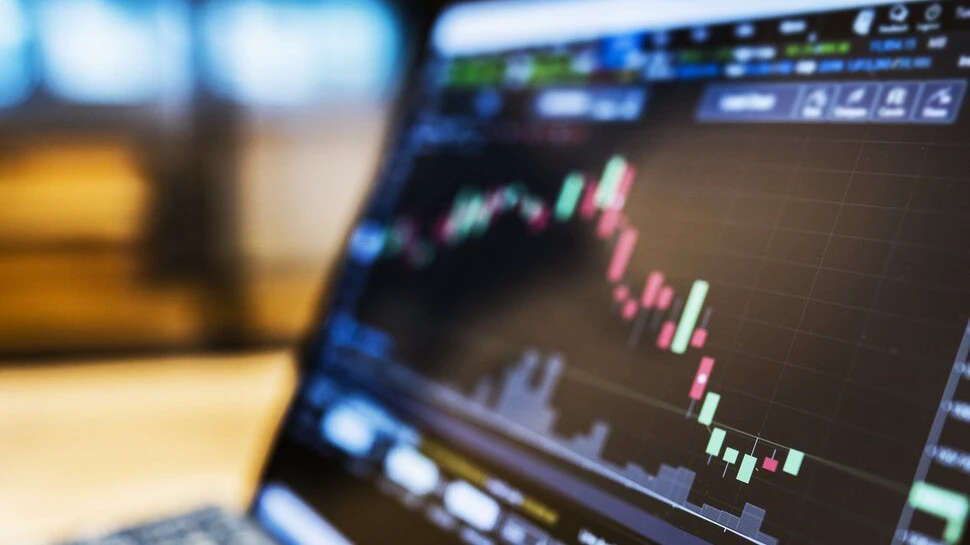With the buyback tax shifting to shareholders starting October 1, 2024, how will your company approach capital return going forward? Until now, companies paid around 23% tax on buybacks, and shareholders received the proceeds tax-free.
But after the new rule, shareholders, especially those in higher tax brackets, could face tax rates up to 35.88% on buyback proceeds. Worse, they can’t even subtract the original purchase price (cost of acquisition), making the tax burden heavier. How can I manage my tax outgo?
Advice by CA Niyati Shah, Vertical Head – Personal Tax at 1 Finance
A share buyback refers to a company repurchasing its own shares from existing shareholders, effectively reducing the number of shares in circulation and reclaiming part of its ownership. Buybacks were originally taxed at the company level when introduced in 2013, in line with the Dividend Distribution Tax (DDT) regime.
However, after the abolition of DDT through the Finance Act, 2020, dividends became taxable in the hands of shareholders. To bring parity, the July 2024 Budget proposes a major shift-removing the buyback tax from the company and placing the tax liability on shareholders instead.
As per the Budget 2024 amendment, any buyback executed on or after October 1, 2024, will be taxed in the hands of the shareholder, not the company. The full amount received from the buyback will be treated as a deemed dividend under the newly inserted Section 2(22)(f) of the Income Tax Act and taxed at the applicable slab rate of the recipient.
1. How will the shift of buyback tax liability from companies to shareholders affect the overall attractiveness of buybacks as a capital return strategy?
The shift of buyback tax from companies to shareholders, effective October 1, 2024, significantly reduces the appeal of buybacks. Earlier, companies paid approx. 23.3% tax with no additional burden on investors. Now, shareholders are taxed at their slab rates (up to 35.88%), and cannot deduct the cost of acquisition. Instead, the COA becomes a capital loss, usable only against future gains. This added complexity and higher tax incidence, particularly for high-income investors, makes buybacks a less efficient capital return tool than before, especially compared to dividends or capital gains.
2. In light of the new tax burden on shareholders, what alternative profit distribution methods could companies explore to maintain investor appeal?
With buybacks now less tax-efficient, companies will likely re-evaluate profit distribution strategies. – – Regular dividends, already taxed in the hands of investors, are now on par with buybacks from a tax standpoint and offer transparency and predictability.
○ Special one-time dividends and interim payouts could also be used to maintain investor confidence.
○ Non-cash strategies like bonus shares or stock splits may be employed to signal growth.
○ For companies with foreign investors, DTAA-optimized structures for dividend payouts could be explored to minimize withholding taxes and ensure better post-tax returns.
3. How might the tax rule change influence shareholder behavior and portfolio strategies, particularly in terms of preference for dividends or long-term investments?
The new regime is expected to push investors towards longer-term investment horizons. Since buyback proceeds are taxed as dividend income without cost adjustment, short-term returns become less appealing. High-net-worth individuals may now prefer to hold stocks longer to benefit from reduced long-term capital gains tax (12.5% as per Budget 2025) and use buyback-related capital losses to offset future gains. Additionally, the predictability of dividend income and the simplicity of capital gains taxation could influence portfolio choices, with investors avoiding tax-heavy events like buybacks unless structured efficiently.
4. Could this move impact the global competitiveness of Indian companies, especially when compared to countries that do not tax buybacks similarly?
This tax shift could make Indian companies less competitive globally, especially against firms in jurisdictions where buybacks are tax-favoured or exempt. The added tax burden may deter foreign investors who compare post-tax returns across markets. However, for companies with a strong base of non-resident investors, DTAA provisions may still offer a tax-efficient pathway. On the upside, aligning tax treatment of dividends and buybacks may foster more disciplined capital return practices. While India may lose ground on tax arbitrage, it gains on transparency and long-term investor confidence.
